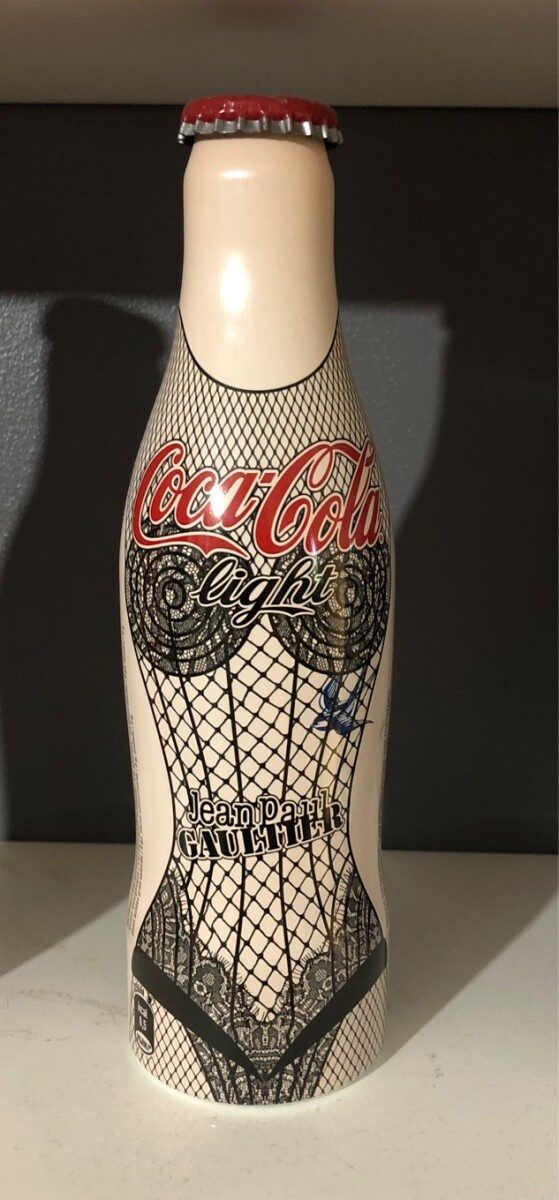Coca-Cola light - JEAN PAUL GAULTIER - 250 ml
This product page is not complete. You can help to complete it by editing it and adding more data from the photos we have, or by taking more photos using the app for Android or iPhone/iPad. Thank you!
×
Barcode: 5000112583243 (EAN / EAN-13)
Common name: Boisson rafraichissante aux extraits végétaux, avec édulcorants
Quantity: 250 ml
Brands: JEAN PAUL GAULTIER
Categories: Beverages, Carbonated drinks, Artificially sweetened beverages, Sodas, Diet beverages, Colas, Diet sodas, Diet cola soft drink
Labels, certifications, awards: Low or no sugar, Low sugar, Reduced sugar
Stores: Monoprix
Countries where sold: France
Matching with your preferences
Environment
Packaging
Transportation
Report a problem
Data sources
Product added on by stephane
Last edit of product page on by quechoisir.
Product page also edited by kiliweb, lilimarti, manu1400, morganesh, openfoodfacts-contributors, packbot, tacite, yuka.WWJJbUtJc3JwcUVtaWNFZy9EYkkvZTlJNExhQ1lreVhCZXRCSVE9PQ.









